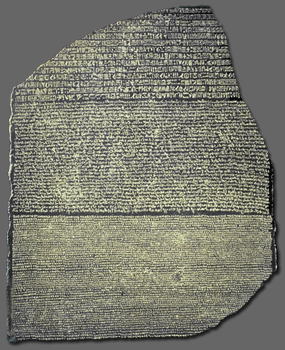

Valley High School

Ms. Sweet-Shibles

Palette of King Narmer
from Hierakonpolis, Egypt, Predynastic, c. 3000-2920 B.C.E., slate, 2' 1" high (Egyptian Museum, Cairo)
Ancient Egyptian Art
Key Points:
Isolated geographic location, which makes it easy to defend and creates a homogenious culture.
The Nile river provides a huge amount of argicultural sustainablity and prosperity
The Pharoh is the "god-king"
Large amountof diorite and limestone for architectures
Strong belief in the afterlife: Elaborate funerary traditions, objects and tomb architecture.
Vocab:
mastaba
step pyramid
frontal
pylon
hypostyle hall
register
discriptive perspective
Old Kingdom
Middle Kingdom
New Kingdom
House Altar depicting Akhenaten,Nefertitiand
Three of their Daughters,
limestone, New Kingdom,
Amarna period, 18th dynasty,
c.1350 BCE

Queen Nefertiti
1360 BCE
18th Dynasty
Painted Limestone
20"


Hunefer's Judgement
Book of the Dead
19th Dynasty c1275 BCE
Papyrus
Thebes
British Museum








